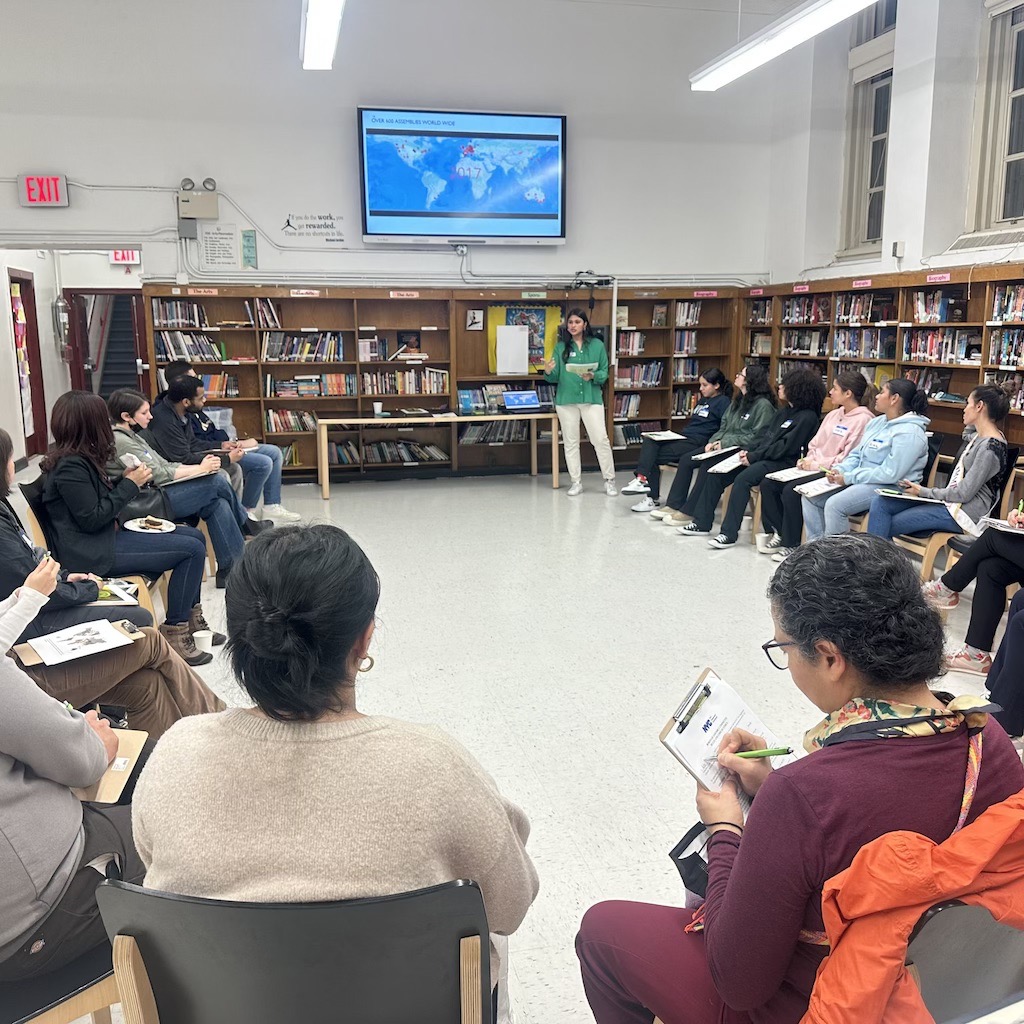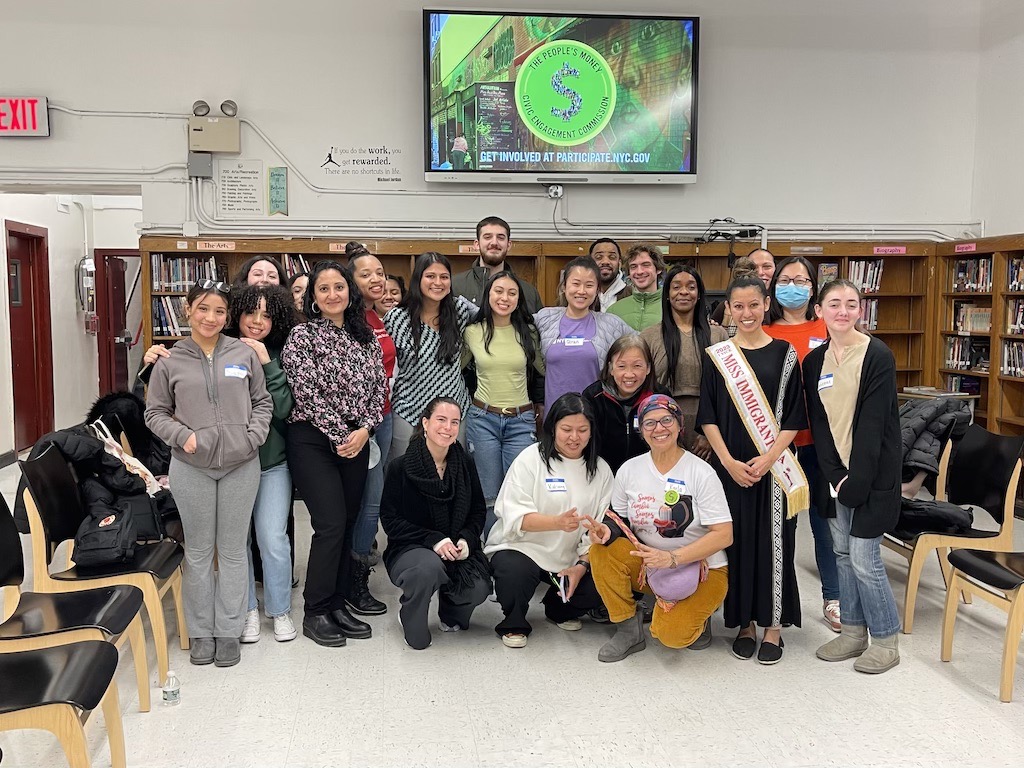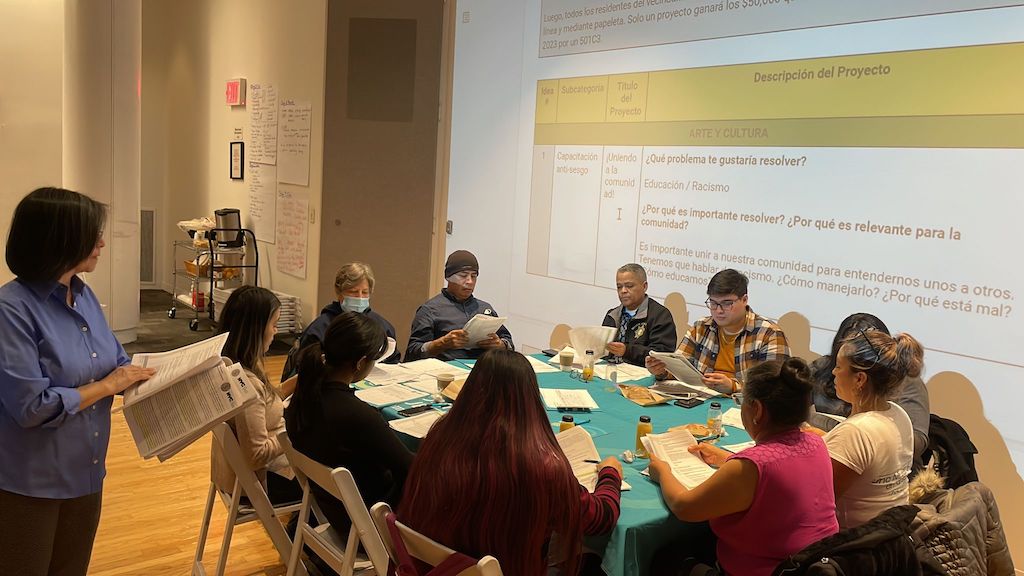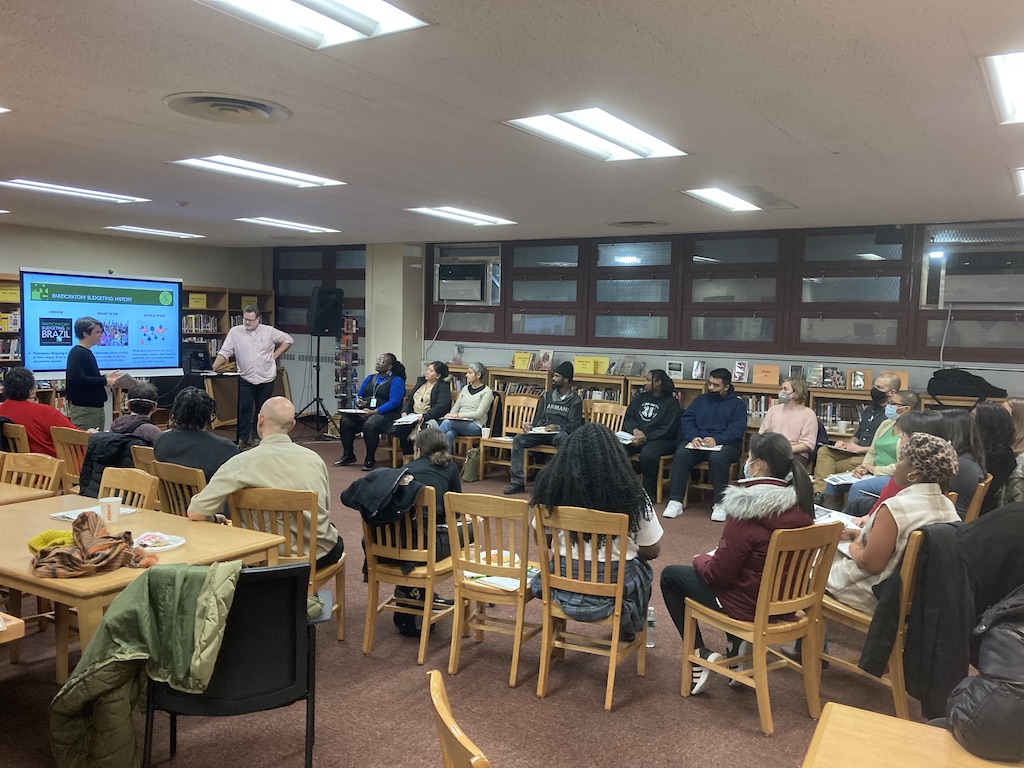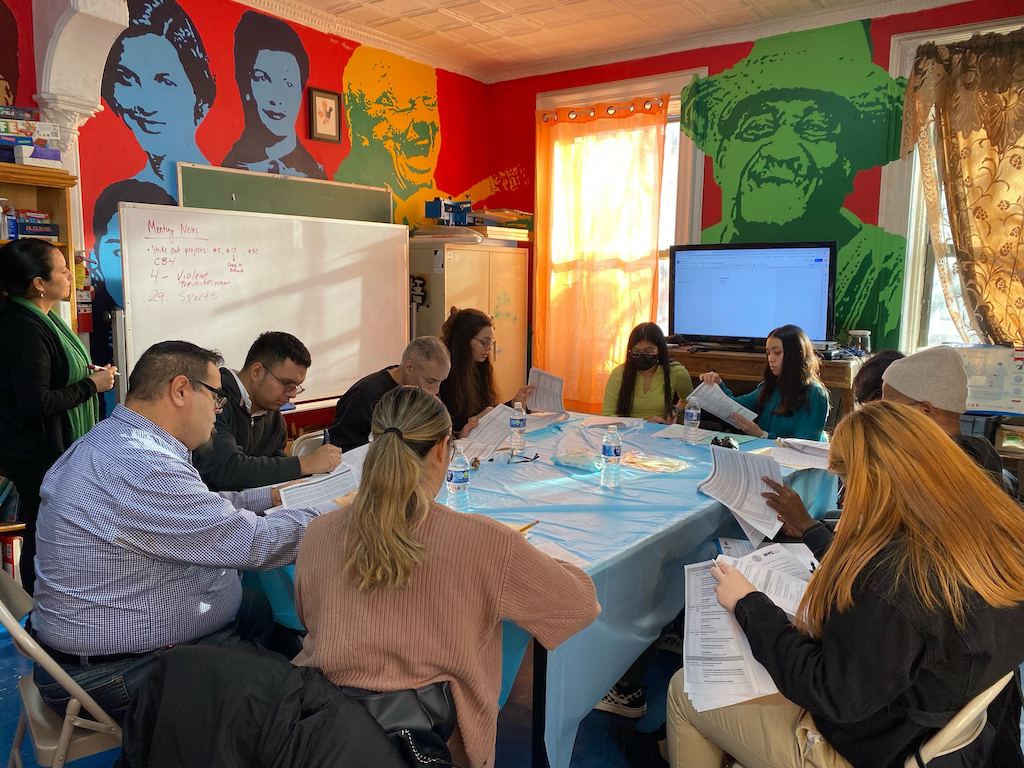The People's Money (2022-2023)
Your Money, Your Community, Your Voice.
Thank you to everyone that took part in borough committees and neighborhood coalitions to evaluate ideas!
What happened in Phase 2?
From December, 2022 through February, 2023, resident committees evaluated submitted ideas against equity and feasibility criteria, and developed and selected the final project proposals to be placed on the ballots.
What happened to your ideas?
New Yorkers submitted 2,023 ideas for the 5 boroughs and 2,116 ideas for the 33 equity neighborhoods.
These 4000+ ideas were first vetted by the Civic Engagement Commission (CEC) to identify projects that met the required criteria for funding. This involved screening out any incomplete and/or incoherent ideas, offensive/inappropriate ideas, ideas that CEC did not have the purview to implement (such as increasing head count at other city agencies or required a change to another city agency's operations) and ideas proposing capital projects or policy recommendations. The remaining ideas were passed on to Borough Assembly Committees or Neighborhood Coalitions to evaluate and put together recommendations for the final ballots.
How were the ideas evaluated?
From December 2022 through February 2023, resident committees evaluated the submitted ideas against equity and feasibility criteria provided by the CEC. Over the course of the two months, members of these committees learned about issues in their communities, discussed and further developed ideas submitted by their neighbors, and decided which proposals should be placed on ballots.
“In the beginning, I was hesitant to work with folks I did not know, but after our first session, I realized we had more in common than differences. We were able to really practice the art of listening, and consideration of other peoples' views. It was an empowering experience.”
-Borough Assembly Member for The Bronx
For the 5 borough ballots, the CEC convened five Borough Committees made up of residents who applied online or in idea generation sessions to represent their borough. From the pool of applicants, the Sortition Foundation helped to randomly select a demographically representative group of 20 residents for each Borough Committee.
- Each Borough Committee was made up of on average 16 residents.
- The assembly committees held 4-5 meetings between January and February where members got together to discuss the borough projects.
- The committees evaluated projects submitted for the borough process using criteria to ensure equity, need, and feasibility. The projects they selected are the projects on each borough ballot.
For the 33 equity neighborhood ballots, our nonprofit partners convened neighborhood coalitions to develop their local ballots.
- Each neighborhood coalition was made up of on average 8 members, who represented a key institution or group in the neighborhood, such as a school, older adult center, tenant association, community board, service provider, etc.
- The coalitions met between two to three times between January and February to discuss the local projects.
The committees evaluated projects submitted for their neighborhood process using criteria to ensure equity, need, and feasibility. The projects they selected are the projects on each neighborhood ballot.
Project Evaluation Criteria:
The project must:
- Advance Equity: The project would direct resources and/or services towards underserved people (people with disabilities, LGBTQ+, public housing residents, veterans, youth, older adults, justice impacted, immigrants and individuals with limited English proficiency).
- Promote Large-Scale Impact: The project would serve multiple groups of community members, thus demonstrating the breadth of the impact.
- Promote Deeper Impact: The project would meaningfully improve a group’s quality of life and/or wellbeing, thus demonstrating the depth of the impact.
- Address a Need: The project addresses a known, significant need specific to multiple neighborhoods.
